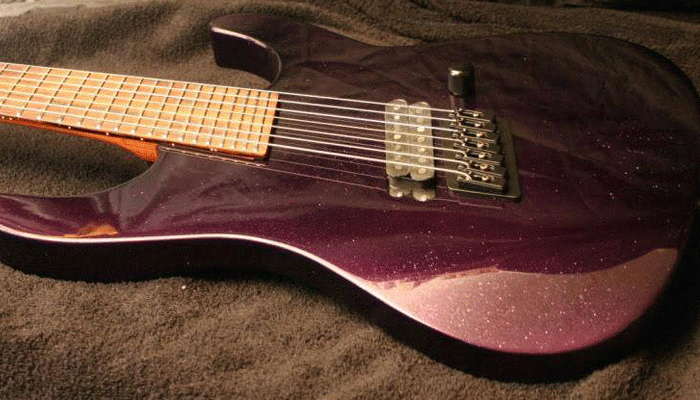Is using a 7/8 string guitar a new trend?

Having an extra string is no longer breaking with tradition, but why buy a seven/eight string guitar? Using a seven string or an eight string guitar has become a recent trend in the guitar world. Though it may seem like a new development but seven string guitars have been around for an ample time. The seven-string guitar adds one additional string, commonly used to extend the bass range usually a low B while in case of an eight string it adds F#.
Though the six string guitar became fairly standard in the 19th century, there were still those who wanted a greater range, and so seven stringed instruments were developed .Though it might seem like it has been around forever, the six-string guitar is not quite as old as one might think. During the renaissance (14th–16th centuries), the instrument that evolved into the guitar had four 'courses' or pairs of strings.
The jazz guitarist George Van Eps had a seven-string guitar built for him by Epiphone Guitars in the late 1930s and a signature Gretsch seven-string in the late 60s and early 70s. The Van Eps signature guitar may be the first regular-production seven-string electric guitar. Van Eps tuned his 7th string to A. Several others began using seven-string guitars after Van Eps, including Bucky Pizzarelli, Howard Alden, Ron Eschete, Chance Russell, and John Pizzarelli, son of Bucky Pizzarelli. Lenny Breau also used seven string instruments, but whereas the other players all used instruments with an added bass string,
The first mass-produced seven-string was the Ibanez UV7 as a signature model for Steve Vai. It was also used by John Petrucci (Dream Theater), Reb Beach and Korn amongst others. Vai was drawn to the idea for much of the same reasons seven-string classical and jazz players were the extended range the additional string offered. After initial experimentation with a high A, a low B was added as the high A proved to be too prone to breaking.
Seven-string guitars are used in a variety of musical styles including Classical, Jazz, Rock, Progressive Rock, and Heavy Metal. The Seven-string works well in a band setting, as its lowest note, B1 lines up well with the B0 commonly used for the lowest note of a 5+ string bass.
At the present, the seven-string maintains its status as an instrument that is appreciated by many players in radically different styles and genres, and while far from overthrowing its six-string counterpart, it seems to be here to stay, capturing the interest of players due to its extended chordal and soloing possibilities, the heaviness of the lower tuning, the ability to play melody and bass lines in a single instrument or all of these combined to take advantage of the potential these guitars possess .
These days, the vast majority of 7-string guitars are geared towards the heavier reaches of rock and metal. Ibanez and ESP are the two industries producing a 7 and 8-string guitar models, with ranges that encompass the affordable to professionals.
(TNT)

















